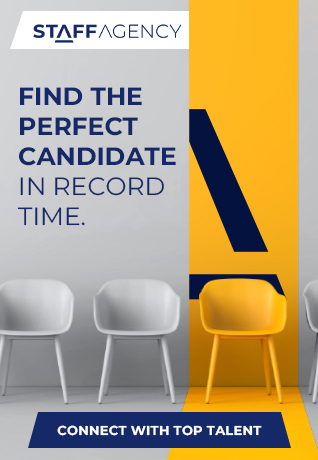The rapid advancements in technology have revolutionized the way businesses operate, and human resources (HR) is no exception. Workforce analytics, also known as people analytics or talent analytics, has emerged as a powerful tool for HR professionals to make more informed decisions and optimize talent management. By leveraging the power of data, organizations can better understand their workforce, predict future trends, and stay competitive in an ever-evolving labor market. This article explores the growing importance of workforce analytics, its applications, and the ethical considerations surrounding data privacy and security.
Understanding Workforce Analytics
Workforce analytics refers to the process of collecting, analyzing, and interpreting employee-related data to make more informed decisions about talent management. This data-driven approach enables HR professionals to address various aspects of human capital management, including recruitment, performance, retention, and employee engagement. By providing actionable insights, workforce analytics helps organizations to make evidence-based decisions that drive business growth and foster a more productive and engaged workforce.
Applications of Workforce Analytics
- Recruitment and talent acquisition: Data-driven insights can help organizations streamline their hiring processes, identify the most effective recruitment channels, and reduce time-to-hire. By leveraging workforce analytics, HR professionals can make more informed decisions about the skills and qualifications required for specific roles and evaluate candidates based on their potential for success.
- Performance management: Workforce analytics can be used to track and analyze employee performance, identify trends, and uncover patterns that indicate areas for improvement. This allows managers to provide targeted feedback, set realistic goals, and design personalized development plans.
- Employee retention: By analyzing data on employee turnover, organizations can identify the primary drivers of attrition and implement strategies to improve retention. Workforce analytics can also help HR professionals understand the factors that contribute to employee satisfaction and engagement, leading to more effective retention initiatives.
- Succession planning: Data-driven insights can enable organizations to identify high-potential employees and develop them for future leadership roles. Workforce analytics can help assess the skills gap, understand workforce demographics, and create a robust talent pipeline to ensure organizational continuity.
Ethical Considerations and Data Privacy
While workforce analytics offers numerous benefits, it also raises concerns about data privacy and security. Organizations must ensure that they comply with relevant data protection regulations, such as the General Data Protection Regulation (GDPR), and follow best practices for data management. This includes obtaining explicit consent from employees, ensuring data accuracy and security, and using anonymized data whenever possible to protect individual privacy.
Additionally, organizations should be transparent about their use of workforce analytics and communicate the purpose and benefits to employees. By fostering a culture of trust and openness, businesses can minimize potential resistance and encourage employee buy-in.
Workforce analytics is transforming the future of HR, providing organizations with valuable insights to optimize talent management and drive business success. By embracing this data-driven approach, HR professionals can make more informed decisions, uncover hidden patterns, and address workforce challenges more effectively. However, it is crucial to balance the benefits of workforce analytics with ethical considerations and data privacy concerns, ensuring a responsible and transparent approach to talent management in the digital age.




